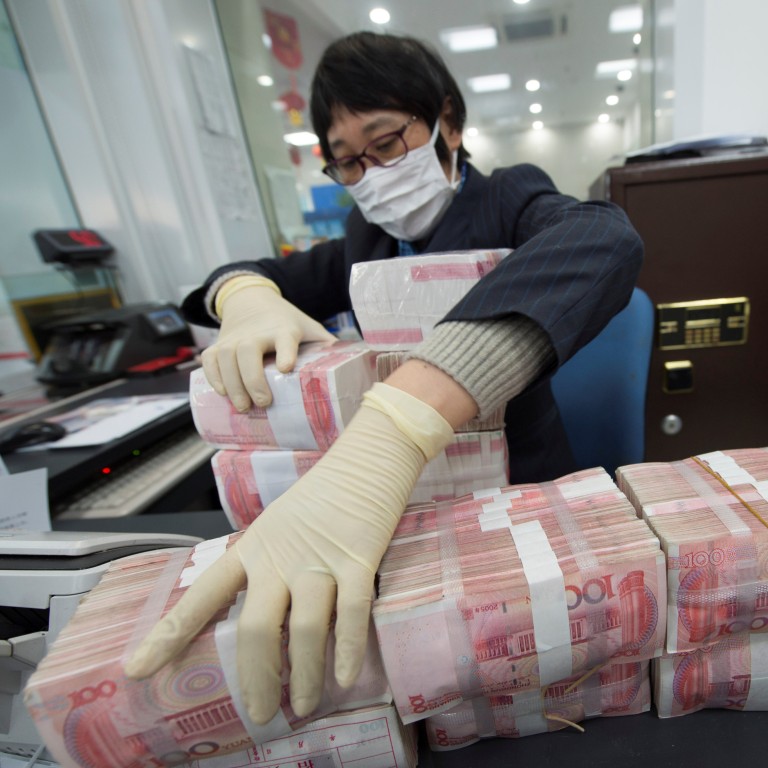
China’s yuan ‘far from a top global reserve’, as investors dump assets amid Ukraine war
- The first three months of the year were the worst quarter on record for capital outflows from China, according to the International Institute of Finance (IIF)
- Lockdowns, yuan depreciation and perceived risk of investing in countries whose relationships with the West are complicated explain the outflows, IIF says
Outflows continued well into April, affecting both Chinese bonds denominated in foreign currencies and the yuan, the IIF said.
“The former probably reflect concerns around real estate developers. The latter were the largest and the ones where the global geopolitical background matters the most,” said the Washington-based trade group representing the financial services industry.
The yuan still seems far from a top global reserve asset
The report also looked at whether Moscow had sold its roughly US$70 billion in reserves held in Chinese assets after major Western economies froze Russian central bank assets, and whether this had contributed to the outflows.
The IIF said that while Russia might have used its yuan-denominated assets in the second half of February, large sales were less clear in March, because reserves were stable.
“We think a combination of Covid lockdowns, depreciation, and perceived risk of investing in countries whose relationships with the West are complicated explain capital outflows from China. As a corollary, the yuan still seems far from a top global reserve asset,” said the IIF.
Capital flight puts China on alert for ‘spillover effects’ from US rate hikes
Despite being the world’s second largest economy, the yuan is not widely used outside China.
The currency made up around 2.79 per cent of global foreign exchange reserves in the last quarter of 2021, according to the International Monetary Fund.
China’s commitment to eliminate the virus has brought about supply chain disruptions and hurt consumer sentiment, ratcheting up pressure on the slowing economy.
Besides weaker sentiment among investors about Chinese assets, the yuan has turned from bullish to bearish among importers and exporters, UBS said in a research note on Tuesday.
Initial indications suggest there might be less conversion from foreign currencies to the yuan in April compared with March, although the Swiss bank said it would need more data to confirm the trend.
“Meanwhile, the foreign exchange purchase ratio, the conversion of yuan to foreign exchange, rose sharply in March to 68.1 per cent, the highest level since the third quarter in 2019,” UBS said.
“Relative strength of the yuan meant that hedging positions were light until about two weeks ago, and many exporters may have also been caught off guard by the latest move. As more market participants hedge the risk of further yuan depreciation, this could add to the momentum of the yuan depreciation.”

